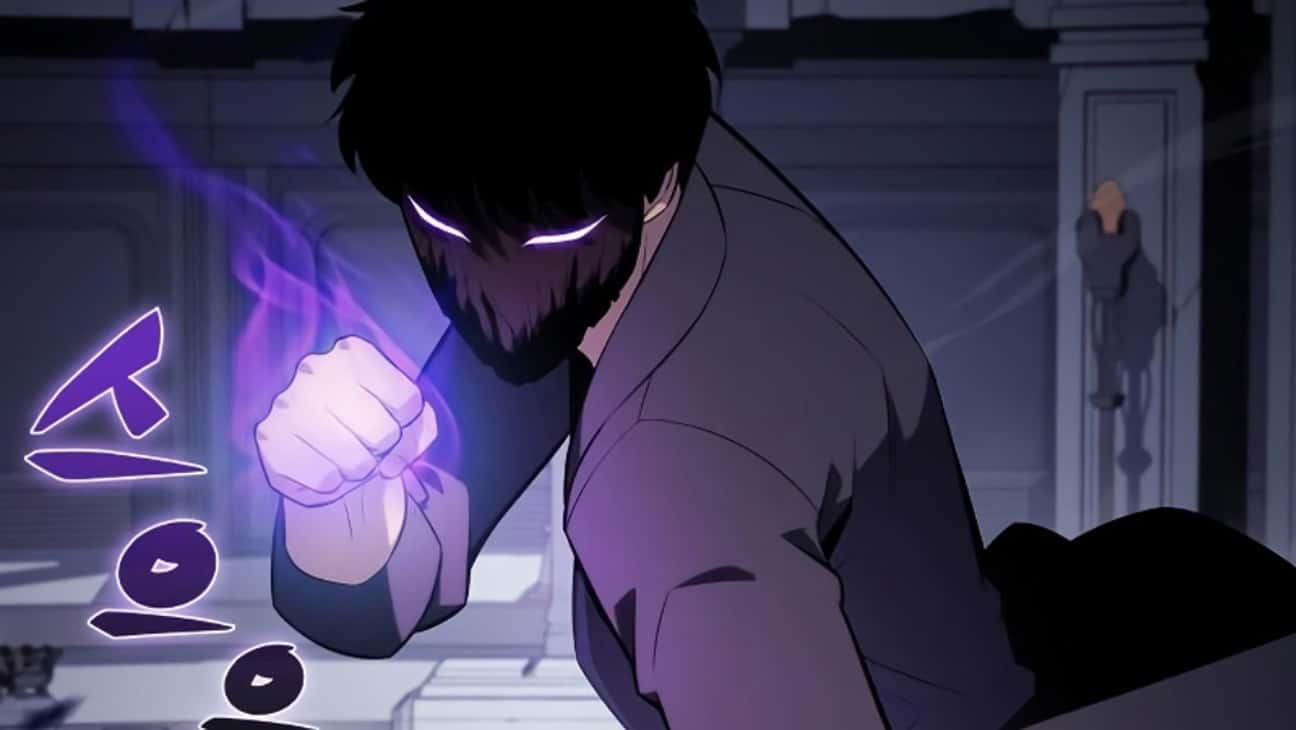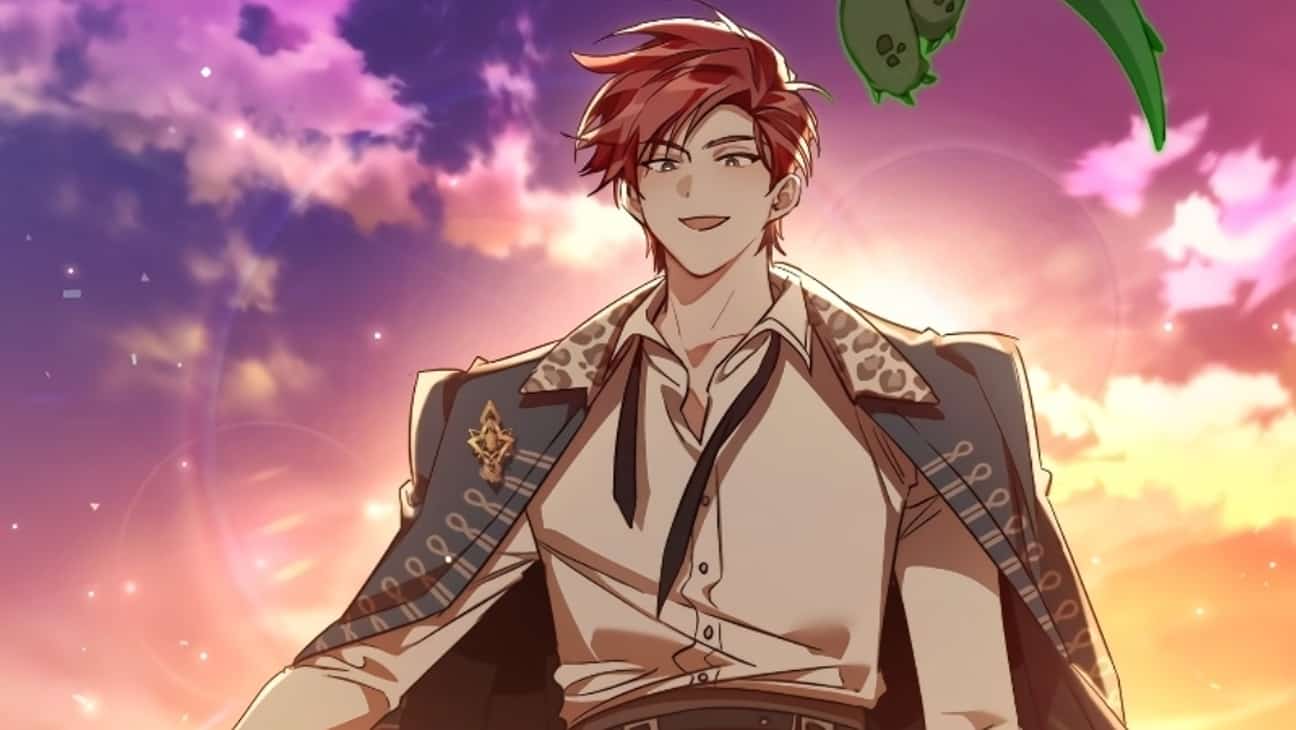The emergence of Blue Exorcist season 3 was eagerly anticipated by fans who had patiently waited for its return after a hiatus of seven years.
With a fresh start under Studio VOLN’s guidance, there was anticipation for a revitalization of the beloved franchise within the anime community. However, while the sequel succeeded in reigniting interest, it did so in a manner contrary to expectations.
Adapting the emotionally charged Shimane Illuminati arc from Kazue Kato’s original manga, Blue Exorcist season 3 had the potential to deliver a compelling narrative. Regrettably, the adaptation fell short of honoring the depth and complexity of its source material.
Criticism of the sequel extends beyond mere technical shortcomings, such as animation quality or the absence of a memorable original soundtrack. These surface-level issues, while noteworthy, only scratch the surface of the broader concerns surrounding Blue Exorcist season 3.

The shortcomings of the adaptation have sparked debate among fans and critics alike. Some argue that the animation failed to capture the intensity and intricacies of key moments, resulting in a disconnect between the audience and the story’s emotional core. Others lament the absence of a standout original soundtrack, which could have raised pivotal scenes and heightened dramatic tension.
However, these criticisms merely scratch the surface of the broader issues plaguing Blue Exorcist season 3. Beyond technical deficiencies, the adaptation struggles to maintain narrative coherence and thematic resonance, leaving audiences feeling unsatisfied and disappointed.
Blue Exorcist Season 3: A Disappointing Return and Missed Opportunities
When news of Blue Exorcist season 3 entering production first surfaced, it stirred excitement among fans who had faithfully followed the franchise since its inception. The prospect of reuniting with beloved characters after a prolonged hiatus of seven years was a cause for celebration within the fan community.
The fervor surrounding the series reached new heights when the voice actors for Rin Okumura (Nobuhiko Okamoto) and Yukio Okumura (Jun Fukuyama) revealed at the Aniplex Online Fest 2023 that the upcoming season would go into the Shimane Illuminati saga from Kazue Kato’s revered manga. This announcement sent ripples of anticipation throughout the fandom.
The decision to adapt the Shimane Illuminati arc was met with enthusiasm, as fans held it in high regard as one of the manga’s standout storylines.
Notably, this arc goes into Izumo’s tumultuous past and introduces the Illuminati group, whose ambitions involve bridging the Assiah and Gehenna.
With its blend of gripping action and poignant drama, the Shimane Illuminati saga seemed tailor-made for Blue Exorcist’s triumphant return to the forefront of anime. However, the initial excitement gave way to disappointment when the first episode premiered on January 7, 2024.
The episode’s shortcomings were glaring: it omitted several significant moments from the manga and rushed through pivotal events at a breakneck pace, leaving longtime fans yearning for more while newcomers struggled to keep up.
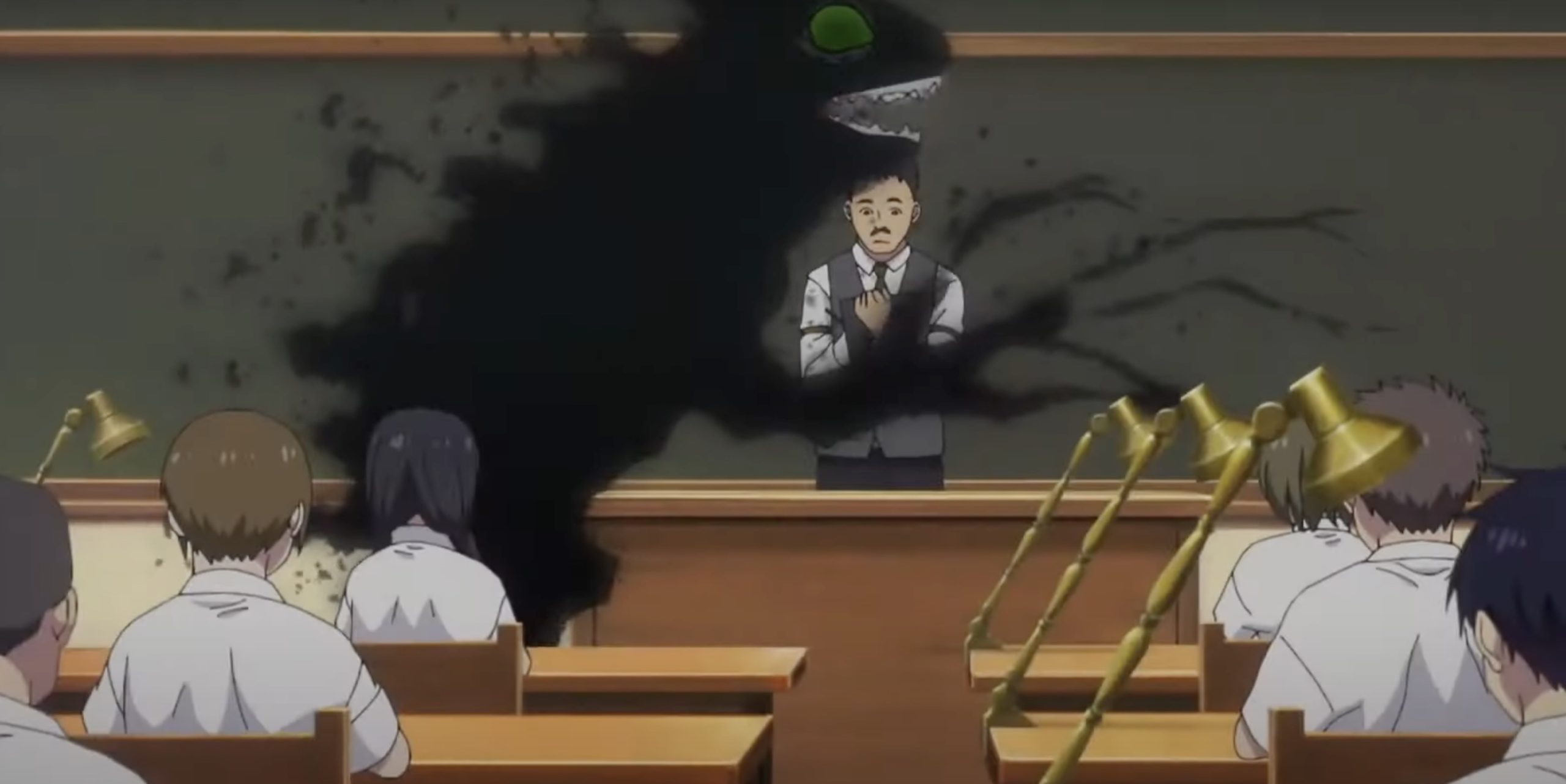
Moreover, the narrative lacked coherence as it failed to follow the manga’s storyline in a linear fashion.
While it was imperative for Blue Exorcist season 3 to go into the heart of the Shimane Illuminati saga, the rushed pacing hindered the transition, detracting from the viewing experience.
The inclusion of the Academy Seven Wonders arc alongside the Shimane Illuminati saga felt contrived, further exacerbating the narrative dissonance.
The missteps encountered in Blue Exorcist season 3 could have been avoided had Studio VOLN, the production powerhouse behind the anime, opted for a more linear adaptation of events.
By fleshing out the Academy Seven Wonders arc with an additional episode and preserving key gag scenes, the series could have catered better to the expectations of veteran fans while maintaining coherence for newcomers.
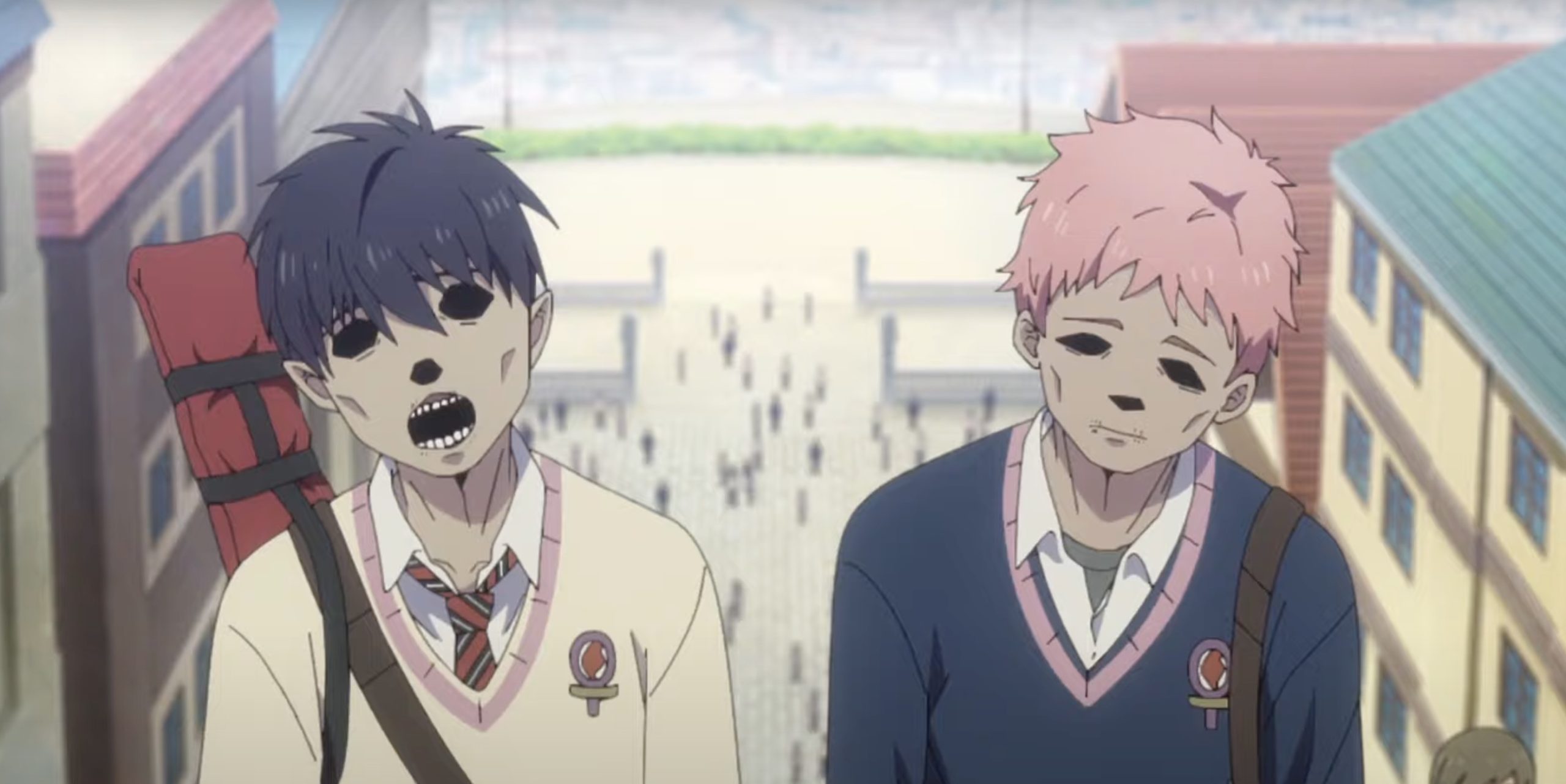
One of the primary grievances stemmed from the erratic pacing, exacerbated by subpar and inconsistent animation quality throughout the season.
While certain episodes, like the True Cross Academy festival episode (episode 3), showcased brilliance in animation, others, such as episode 5, fell short of expectations, leaving viewers disappointed.
The portrayal of characters lacked emotional depth in several instances, detracting from the visual experience. Notably, the episode centered on Izumo’s past failed to evoke the intended emotional resonance, save for a few standout moments like Izumo’s mother’s tumultuous outburst.
Compounding the animation issues was the lackluster original soundtrack (OST), which failed to leave a lasting impression on viewers. An amazing soundscore can raise pivotal moments and immerse audiences in the fantastical anime.
However, aside from a few notable exceptions, such as the OST accompanying Izumo’s mother’s final moments, the series failed to deliver a memorable musical accompaniment to complement its narrative.
Appreciating the Highlights of Blue Exorcist Season 3
Amidst the barrage of criticism aimed at Blue Exorcist season 3, there were notable aspects that resonated deeply with audiences. Chief among these were the stellar performances delivered by the voice cast, particularly Nobuhiko Okamoto (Rin), Jun Fukuyama (Yukio), and Eri Kitamura (Izumo), who breathed life into their respective characters with aplomb.

Koki Uchiyama’s portrayal of Lucifer also drew widespread acclaim, further enhancing the anime’s appeal. The collective efforts of the voice actors succeeded in imbuing the characters with depth and authenticity, enriching the viewing experience for fans.
Furthermore, the return of the renowned band UVERworld, with their opening song “Eye’s Sentry,” added another layer of nostalgia and excitement to the sequel. The familiarity of their music served as a comforting reminder of the franchise’s enduring legacy.
In addition to the stellar voice acting and memorable soundtrack, Blue Exorcist season 3 showcased several standout scenes that rivaled, and in some cases surpassed, their counterparts in the manga. Moments such as Renzo Shima’s betrayal, Lucifer’s dramatic entrance to True Cross Academy, and the intense confrontations between characters added depth and intensity to the narrative.
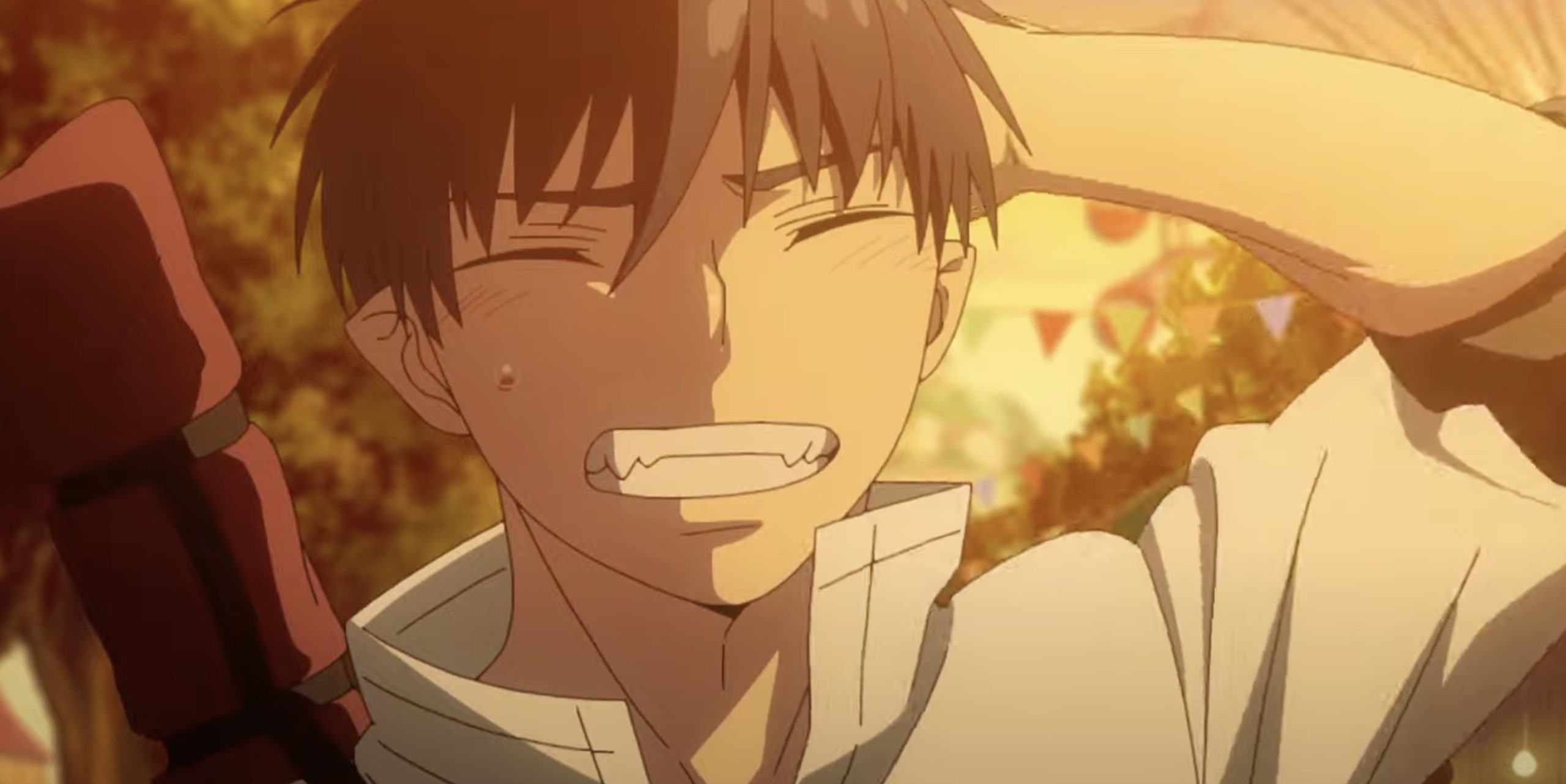
Moreover, the sequel afforded greater prominence to supporting characters, allowing them to shine alongside Rin Okumura. Notably, Izumo and Yukio’s character arcs were given significant attention, providing insight into their respective struggles and inner conflicts.
One of the sequel’s notable achievements was its adherence to the source material, a departure from the divergent path taken by the first two seasons. By faithfully following the events depicted in the manga, Blue Exorcist season 3 provided veteran fans with a more cohesive and satisfying narrative experience.
While Blue Exorcist season 3 may be considered an improvement over its predecessors, it is not without its flaws. Despite its strengths, there remains a sense that the series fell short of realizing its full potential.
Nevertheless, its successes demonstrate a promising direction for future installments, offering hope for continued growth and development within the beloved franchise.
The Review
Blue Exorcist Season 3
Blue Exorcist season 3 developed excitement among fans with its return after seven years, diving into the revered Shimane Illuminati saga from the manga. However, initial excitement waned due to rushed pacing, narrative dissonance, and inconsistent animation quality. Despite flaws, stellar voice acting, a memorable soundtrack by UVERworld, and standout scenes elevated the viewing experience. Notable adherence to the source material provided a cohesive narrative, though room for improvement remains.
PROS
- Stellar voice acting, particularly by Nobuhiko Okamoto, Jun Fukuyama, and Eri Kitamura, enriching character depth.
- Memorable soundtrack by UVERworld and standout scenes like Renzo Shima's betrayal and intense confrontations.
CONS
- Rushed pacing and narrative dissonance detract from the viewing experience.
- Inconsistent animation quality and lackluster original soundtrack fail to immerse viewers consistently.
Review Breakdown
-
Rating


